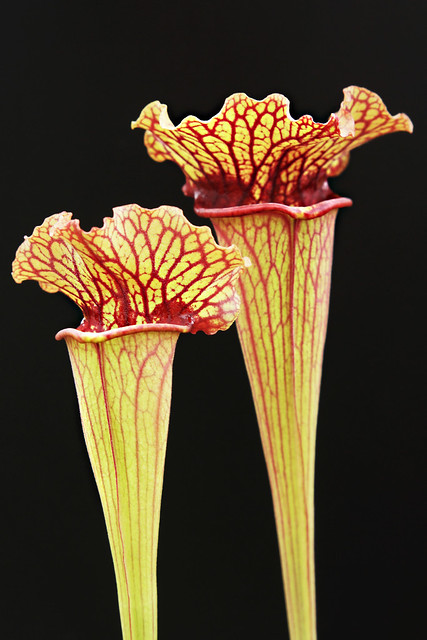
[Sprout. The seed has cracked open, and a deluge of growth will soon follow.]
Is it me, or does anyone else have a garden that seems to echo life’s milestones? My garden is that living and breathing repository in which events are tucked away and recorded.
After 9 seemingly long/short years, I am leaving the escrow/title industry to work in another field (biotech) that will provide me room to grow – both personally and professionally. I’ll also be working closer to home – which will afford me time to see my family. For this, I am so thankful. I am also thankful for all of you who have helped me get this far. You all know who you are.
It’s a new season for me indeed. After 9 years in that industry, I am leaving the security of it all. This I do know: that with change there is opportunity. Sure it can be kind of scary, but this is the thing that will stretch and expand my horizons.

[Ready for growth.]
Three weeks ago, I pulled out the crosses from cold/damp stratification. I actually left the crosses in a cold/damp stratification for several months. This had me a little worried as I typically do about a 4-6 week cold stratification and found that to be sufficient for Sarracenia seed. Now, being that they were in there since the Superbowl, I do kinda slightly worry about the viability. I think they’re fine though. Yeah, life tends to get kind of busy and pulling 120 crosses out of cold stratification unfortunately couldn’t find time in my schedule right away… That is, until 3 weeks ago. Knowing that I had to do something ’bout this delay, I set an entire weekend aside to get to this project. (I’ll detail the process a bit later on…)
What’s funny though is that the Monday following the weekend I planted the crosses, I got the call for an interview. A few weeks later on the day that I got the offer was the day that I began to notice a few seeds cracking open. That’s a good sign that a deluge of growth is right around the corner. (And now that I think about it, I probably should of got those seeds out a little faster, heh heh!)
Looking back and drawing parallels – those 9 years were kind of like my cold stratification. (Or more like — a crucible…) It was a time period to prepare me for oncoming growth of this next stage in life. I’m excited for this new opportunity and new season in life. Let’s grow.
















